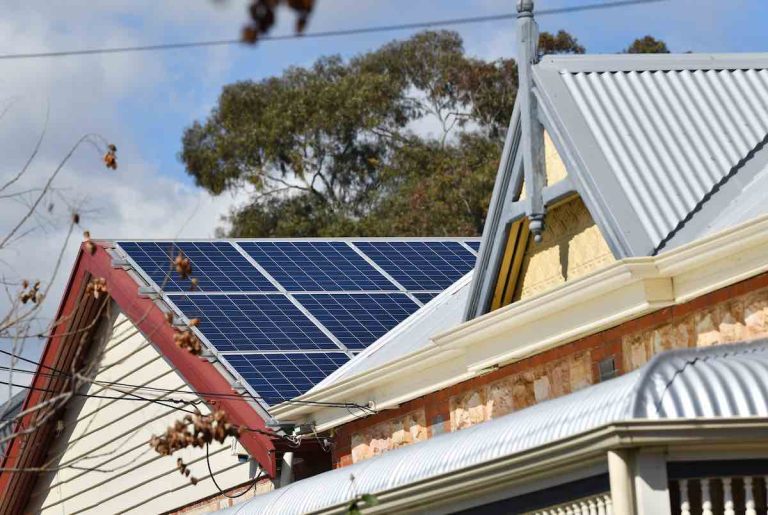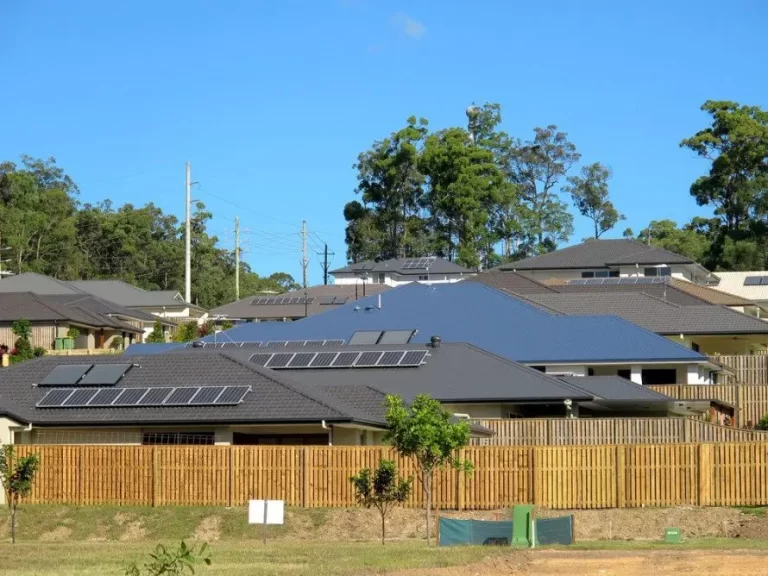Impact of ‘Sun Tax’ on NSW Households
New South Wales solar households connected to the Ausgrid network will see a small annual charge of around $3.50 for rooftop PV export tariffs starting in July. This move comes as the company implements the “sun tax” initiative.
The NSW Independent Pricing and Regulatory Tribunal has proposed maintaining the benchmark range for solar energy fed into the grid at 4.9 to 7.4 c/kWh, similar to the range set for 2024-25. This decision contrasts with Victoria’s recent reduction of its minimum feed-in tariff to a mere 0.04c/kWh from 3 cents per kilowatt-hour (kWh).
Impact of Export Tariffs
IPART is considering the implications of new export tariffs in NSW, which are charges applied by network providers to customers exporting solar energy to the grid during peak generation times. Ausgrid will now impose export tariffs on all solar households with smart meters, eliminating the opt-out option for customers.
Calculating the Costs
IPART has integrated export tariffs into the benchmark range for 2025-26, resulting in a minimal average cost for customers. The estimated impact on Ausgrid customers is expected to be a few dollars per year, reducing the bottom end of the solar feed-in tariff benchmark range.
Customers can export up to a certain threshold without charges, such as 6.85kWh a day for Ausgrid. The average impact per customer is projected to be approximately $3.50 annually for Ausgrid customers in 2025-26.
The aim of these tariffs is to encourage consumer behaviour that favours solar self-consumption during peak generation periods or prompts investment in battery storage for surplus solar energy.
Future Prospects
In the future, customers with batteries may receive higher feed-in tariffs through special retailer deals or virtual power plants. Exporting stored solar electricity during peak demand or market events could lead to increased earnings, potentially exceeding 20 c/kWh in some cases.
Endeavour Energy and Essential Energy are applying export tariffs to new and upgrading solar customers, with existing customers having the option to opt in or out. Essential Energy estimates that around 16% of exporting customers will be on its solar export tariff in 2025-26.
By July 2028, all small customers capable of exporting to the grid will be transitioned to an export tariff, with the opt-out choice available until that date.






